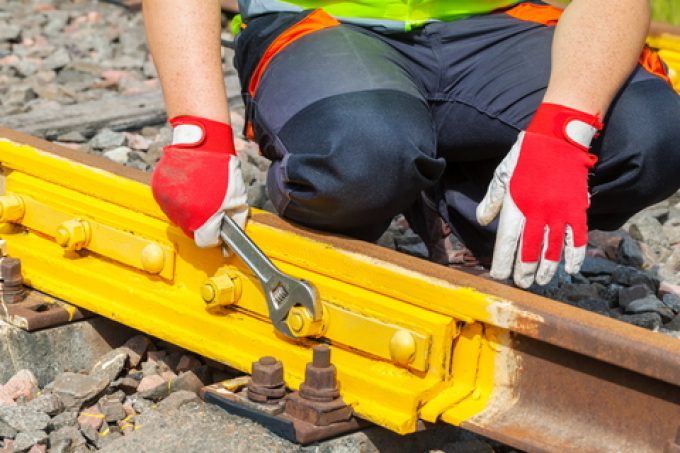Maersk warns of delays in Rotterdam after port workers' strike
Maersk has advised that, following a strike at Hutchison Port Delta II in Rotterdam on ...

Despite efforts of the Biden administration, chances of an agreement in contract talks between US railways and labour unions appear increasingly slim as carriers prepare for a shutdown amidst calls for Congress to step in and mandate a settlement.
The White House is now reportedly considering emergency measures to keep vital goods and supplies flowing.
A strike could start as early as this Friday, as the cooling-off period associated with the implementation of a Presidential Emergency Board (PEB) to find a resolution ...
Volcanic disruption at Anchorage could hit transpacific airfreight operations
Macron calls for ‘suspension’ – CMA CGM's $20bn US investment in doubt
Forwarders stay cool as US 'liberation day' tariffs threaten 'global trade war'
Shippers snap up airfreight capacity to US ahead of tariff deadline
De minimis exemption on shipments from China to the US will end in May
Tighter EU import requirements proving 'a challenge' for forwarders
Looming Trump tariffs will create 'a bureaucratic monster' for Customs

Comment on this article